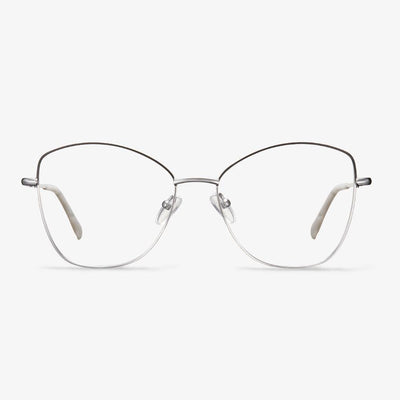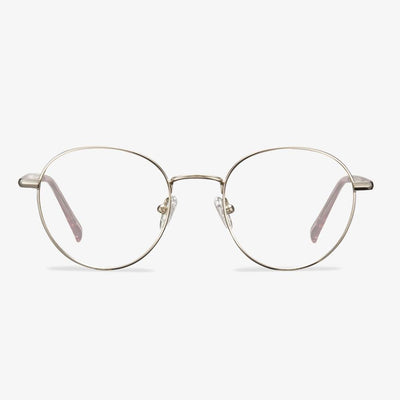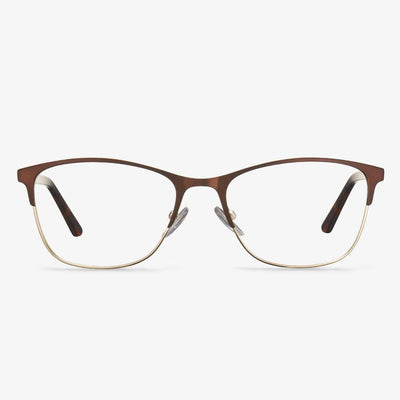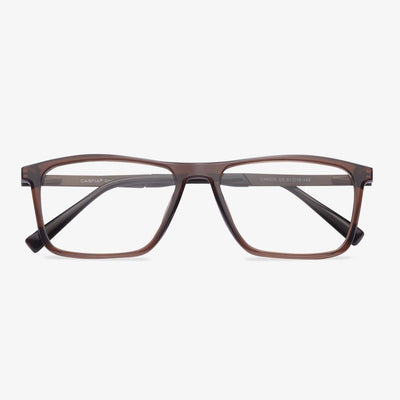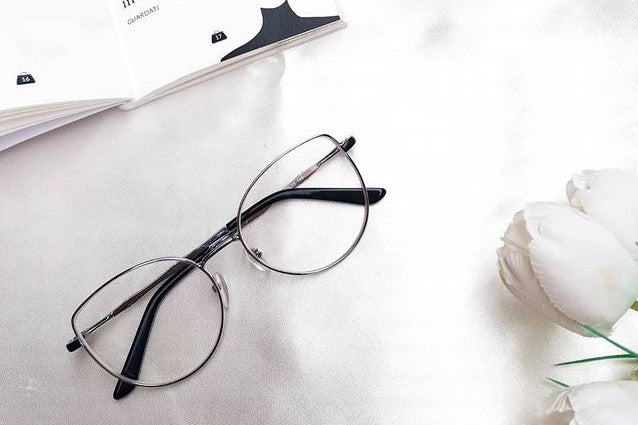Do night driving glasses really work?
Yellow lenses reduce the amount of light entering your eye, reducing visibility. These darker colors block more blue light than yellow lenses. But they block more light from entering the eye, reducing visibility even more in low-light conditions. In fact, even yellow lenses reduce overall visible light to some extent because they block some blue light. This can be a good thing during the day, but not at night, when maximum visibility is key. Night driving glasses come in a variety of yellow and amber colors. The darkest lenses filter out the harshest light, but they filter out the largest amount of light, making it difficult to see in dim or dark conditions. Some people who wear night driving glasses say they can see better with them on. However, vision tests have shown that night driving glasses do not improve night vision, nor do they help drivers see pedestrians any faster than they would without glasses.
Choose the right clear sunglasses for your face shape.
A clear eyeglass frame suits the person of different face shapes according to different shapes. For example, a heart-shaped face suits the clearest eyeglass frame, and a square face suits an elliptical transparent eyeglass frame. A round face suits the clear eyeglass frame with an outline. The long face suits the clear eyeglass frame with some width and so on. There are many kinds of clear frames, like oval, round, square frames, and so on.
When choosing clear frames, be careful to choose one that fits the shape of your face. Oval and the round clear frame are more suitable for heart-shaped faces, square faces, and long faces. People with round faces should avoid large frames, dark frames, and wide edges, and don't wear round or square frames.
Two Tone Glasses Tortoise and Light Yellow
The rectangular two tone glasses provides additional flexibility and comfort with its innovative design, which is especially designed for men. Two tones, the tortoise in the upper part and the khaki in the bottom part. The high-quality acetate makes it luxurious and durable, while the unique finish adds a stylish touch to the frame. In this way, the intricate details can show some extra style while still being perfectly suitable for everyday wear.
Why are rimless glasses so expensive?
Although the overall volume of materials selected for rimless glasses is a little less, the special structure of rimless glasses requires much higher physical properties (flexibility, surface texture, etc.) and processing accuracy than TR, PEI, and other materials. Rimless glasses require higher quality lenses. For example, lens materials with a refractive index of 1.56 tend to be brittle for rimless glasses and should be chosen with caution. Generally speaking, the time of processing about three pairs of half-frame glasses is equal to the time of processing of a pair of rimless glasses.
Early glasses
The first inventor of wearable glasses is not known. However, it was the Romans who first discovered the use of glass to enhance their ability to see small words, creating small magnifying glasses with spheres. The first known wearable glasses in history appeared in Italy in the 13th century. They were used mainly by monks, and became popular little by little during the Renaissance, as the technology improved. As their popularity grew, the Italian glasses spread throughout Europe, mostly within reach of the wealthy. Because learning was a prized attribute during the Renaissance, glasses were a status symbol of wisdom and prosperity. With the temple extending above the ear, the glasses are no longer required by hand.
Understand the basic knowledge of prescription of glasses
The prescription mainly includes the refractive status of the eye, degree of correction required, pupil distance, and the purpose of using the lens. Nowadays, there are many brands and varieties of glasses. Glasses are usually classified according to the material, structure, and use of the lens. Most of the glasses in the prescription are classified by structure. Nowadays, single vision glasses and multi-focal glasses are mainly used, and multi-focal glasses include bifocal glasses, three-lens glasses, and progressive multifocal lenses.
How to Keep Glasses from Slipping
Stick-on Nose Pads
Nose pads would be a good choice to prevent glasses to slide down your nose. Hence, you can stick a pair of rubber pieces in the nose pads of your glasses or you can choose a pair of glasses with rubberized nose pads. If you want to try a pair of nose pads glasses, the Koalaeye Optical may be a good choice. The rubber nose pads will make you feel steadier and better and the additional resistance on the nose pad will surely provide more support. So, if your glasses often slip down from your nose, try this way.
Wax Coating
To keep glasses from slipping, you can try wax coating which is a smart move. Use the wax on your nose pad area along with the temple where the glasses come into contact with the skin. In general, it works fine and it is nearly invisible.
Temple Ear Hook
The temple ear hook is a good way to keep glasses from slipping. It can provide mechanical support behind the ear and you will feel the support from the back of your ears. But the drawback of the temple ear hook is that it is quite visible. When you take off the lenses, you need to lift the temple higher so that the ear hook could clear the ear’s crest. Besides, the cheaper one might cause some discomfort to the back of your ears because of the pressure.
Rubber Bands and Hair Ties
To keep glasses from slipping, you can also try hair ties and rubber bands. You can tie one around the temple tip behind your ear so that it can provide both slight mechanical support and friction forbidding your glasses from moving around. What’s more, this is a low-cost method.


















